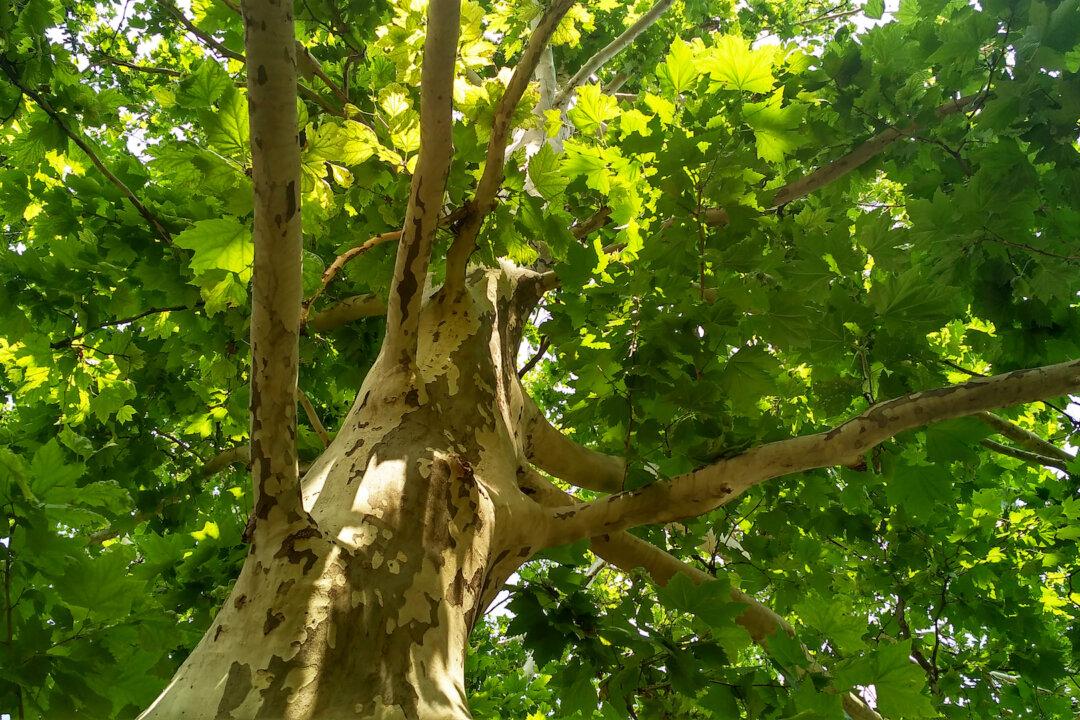Q: I ate a Pink Lady apple and the seeds inside the core were sprouting roots. I planted a couple of them, and they are growing. Can I grow them and get Pink Lady apples in a few years?
A: The answer is yes and no. Most apple trees need two different kinds of apple tree pollen to get a cross-pollination that will grow an apple. Pink Lady apples may produce some apples if only Pink Lady apple trees are around but will produce better if other varieties are nearby. If another variety contributed the pollen for your apple seeds, then you have a hybrid and not a pure Pink Lady. Your seedlings are either 50 percent Pink Lady or 100 percent Pink Lady, so they are worth growing to see what you get. (Actually, they aren’t Pink Lady apples—see below.)





